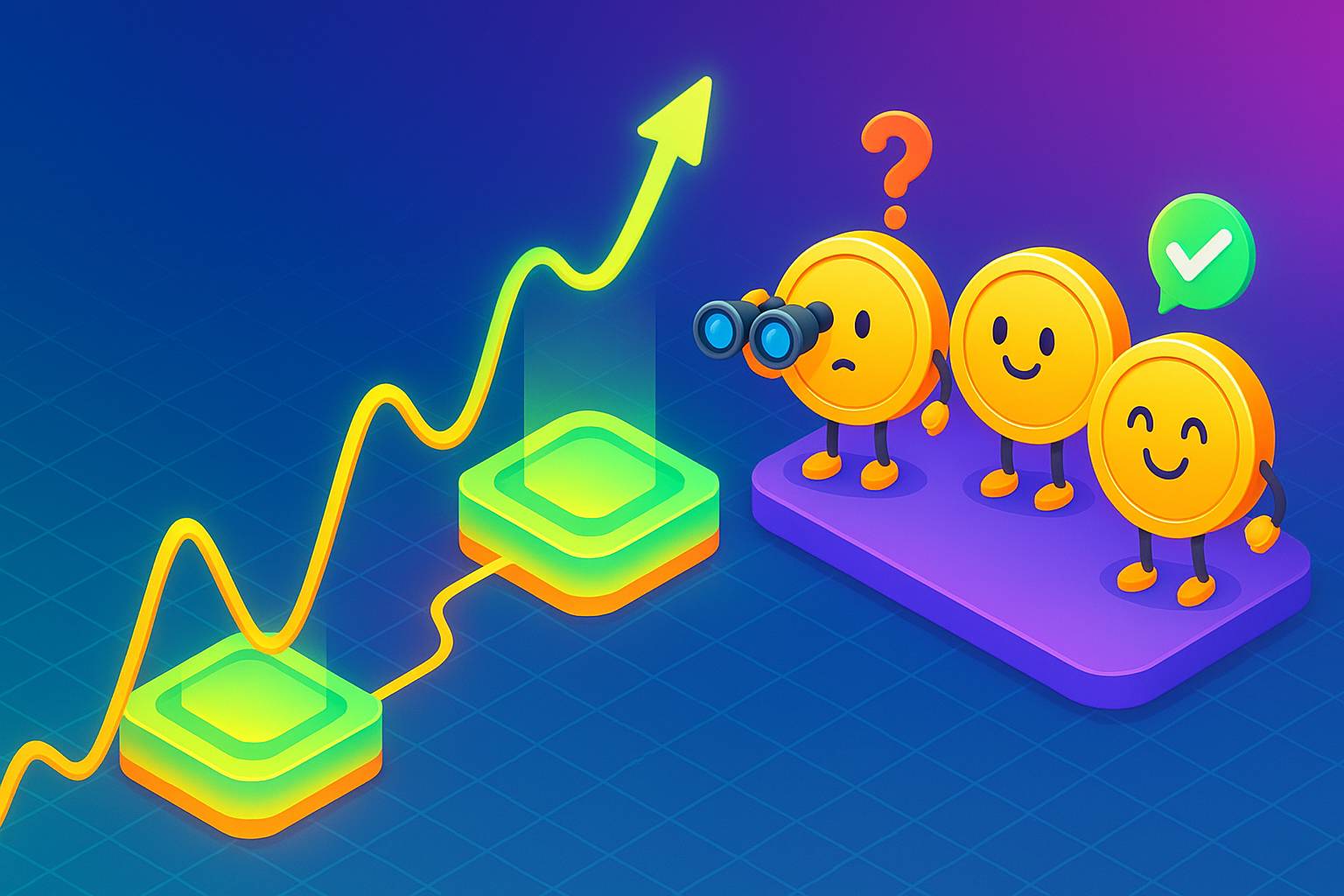Table of Contents
- TLDR - Unraveling the Mysteries of the Ethereum Virtual Machine (EVM)
- Understanding the Basics of the Ethereum Virtual Machine
- The Role of Blockchain in the EVM
- Smart Contracts: Automated and Self-determining Agreements
- Ethereum and EVM: The Decentralization Advantage
- The Significance of Turing-Completeness in Ethereum
- The Role of Gas in Powering Ethereum Transactions
- Understanding Gas Limit and Price
- Concluding Thoughts
- Common Questions Answered
- Q1: Can you explain the Ethereum Virtual Machine?
- Q2: How would you describe the Ethereum Virtual Machine simply?
- Q3: In what ways does the EVM interact with smart contracts?
- Q4: How do gas and the EVM relate?
- Q5: Why should one grasp the concept of the EVM?









